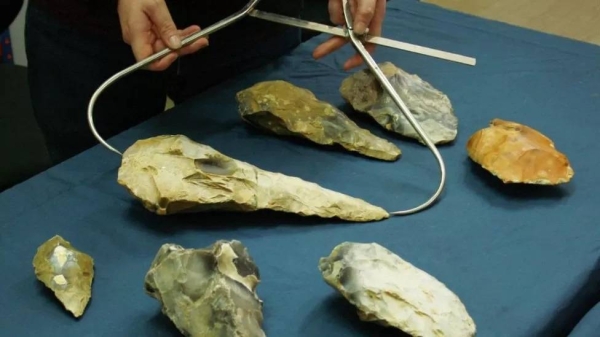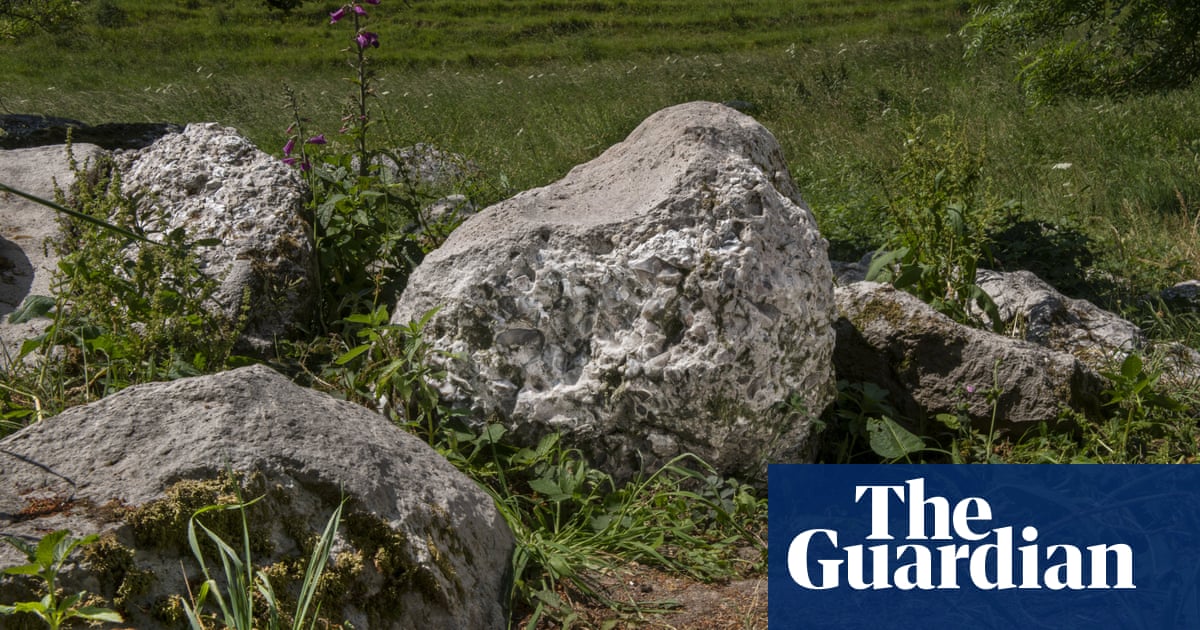
Researchers have uncovered giant "mysterious" jars in India that may have been used for ancient human burial practices.
The 65 sandstone jars were found scattered over four sites in the north-eastern state of Assam.
They vary in shape and size. Some of the jars are tall and cylindrical, while the others are partly or fully buried in the ground.
Similar stone vessels have previously been found in Laos and Indonesia.
The details of the discovery - which involved researchers from three universities in India and Australia - were published in the Journal of Asian Archaeology journal this week. The research was led by Tilok Thakuria from North-Eastern Hill University and Uttam Bathari from Gauhati University.
"We still don"t know who made the giant jars or where they lived. It"s all a bit of a mystery", said Nicholas Skopal, a researcher at the Australian National University who was part of the research team.
Although it is still not clear what the giant jars were used for, the researchers believe they were "likely associated with mortuary practices".
"There are stories from the Naga people (an ethnic group in north-eastern India) of finding the Assam jars filled with cremated remains, beads and other material artefacts," Skopal said.
Dr Thakuria told the BBC that "presently the jars are empty", and they were once possibly covered with lids.
"The next step in this project is to excavate and extensively document features of these jars," Dr Thakuria said.
Similar sites were discovered in Assam and neighbouring Meghalaya state in the past, researchers said.
Some 10 sites containing more than 700 jars have been uncovered in Assam so far, Dr Thakuria said. They believe these jars date back to before 400 BC.
The researchers said they had searched a very limited area in Assam and that there "are likely to be a lot more [such sites] out there. We just don"t yet know where they are".
"The longer we take to find them, the greater chance that they will be destroyed, as more crops are planted in these areas and the forests are cut down," Skopal said.
The jars in Laos which were uncovered in 2016 were believed to have been placed in Xieng Khouang province at least 2,000 years ago.
Researchers had then discovered three different types of burials: bones placed in pits with a large limestone block on top, bones buried in ceramic vessels, and a single body in a grave.
"The size and structure of the jars found in Assam and Laos are very similar. There"s some variation in shape and size though. The ones in Assam are more bulbous, whereas the ones in Laos are more cylindrical," Skopal said. — BBC












